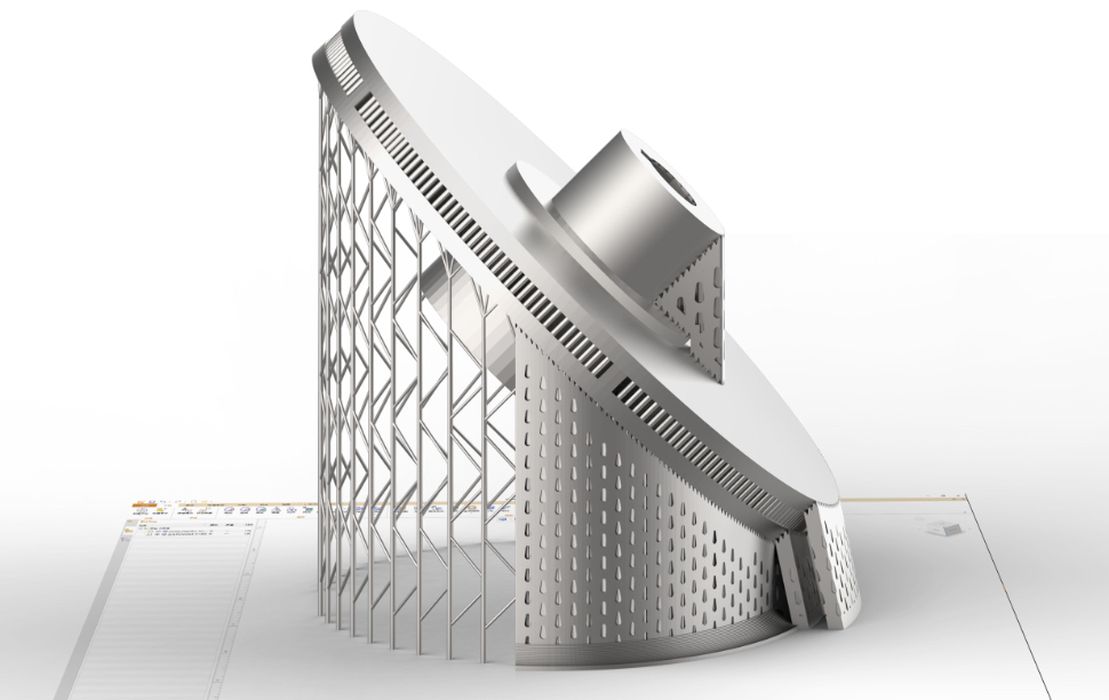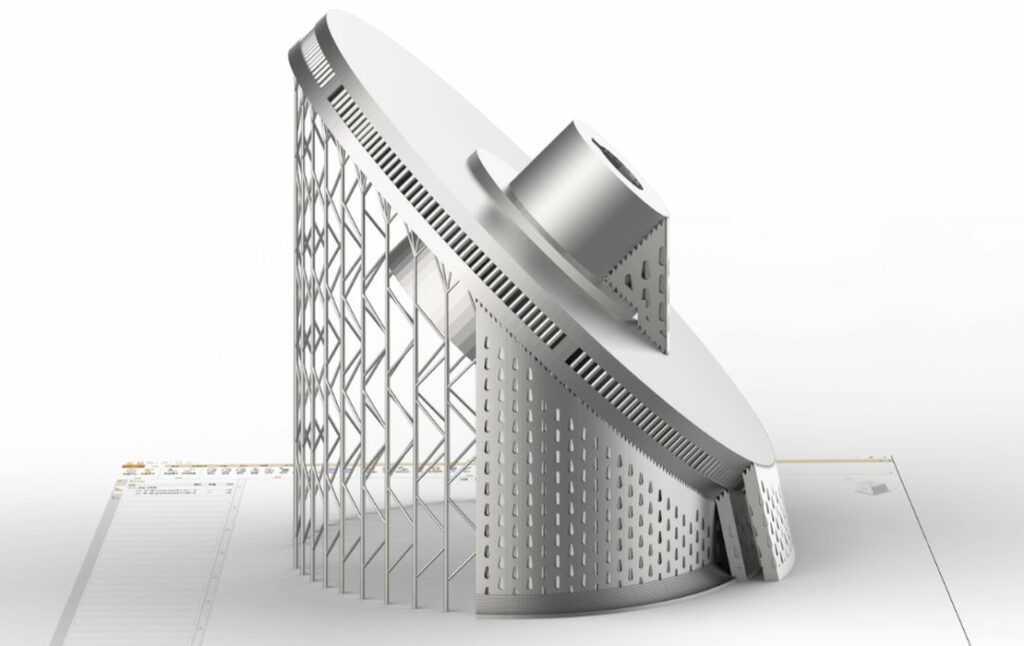
Voxeldance Additive now reaches version 4.0, along with a number of new features.
You may not have heard of Voxeldance, but they are a rising player in the 3D print software space. Launched in 2019, the company produces 3D print job preparation software for both industry and hobbyists.
Today they offer two different applications: Voxeldance Additive, intended for industrial users, and Voxeldance Tango, targeted at “figure makers, engineers, hobbyists”.
Voxeldance Tango supports resin 3D printers, while Voxeldance Additive is much more broad, supporting a number of industrial 3D print processes, including: SLM, SLA, DLP and SLS. That’s quite a broad portfolio, which includes powder and resin processes. Notably, Voxeldance Additive does NOT support FFF/FDM processes.
Voxeldance Additive also supports a number of industrial data formats. They explain:
“Supports nearly all the file formats, bridges the gap between CAD files and 3d printers, Including: CLI Files(.cli), SLC Files(.slc), STL(.stl), 3D Manufacturing Format(.3mf), WaveFront OBJ Files(.obj), 3DExperience(.CATPart), AUTOCAD(*.dxf, *.dwg), IGES(*.igs, *.iges), Pro/E/Cro Files(*.prt, *.asm), Rhino Files(.3dm), SolidWorks Files(.sldprt, .sldasm,.slddrw), STEP Files(*.stp, *.step) etc.”
The latest version of Voxeldance Additive has just been released, and there are some great features.
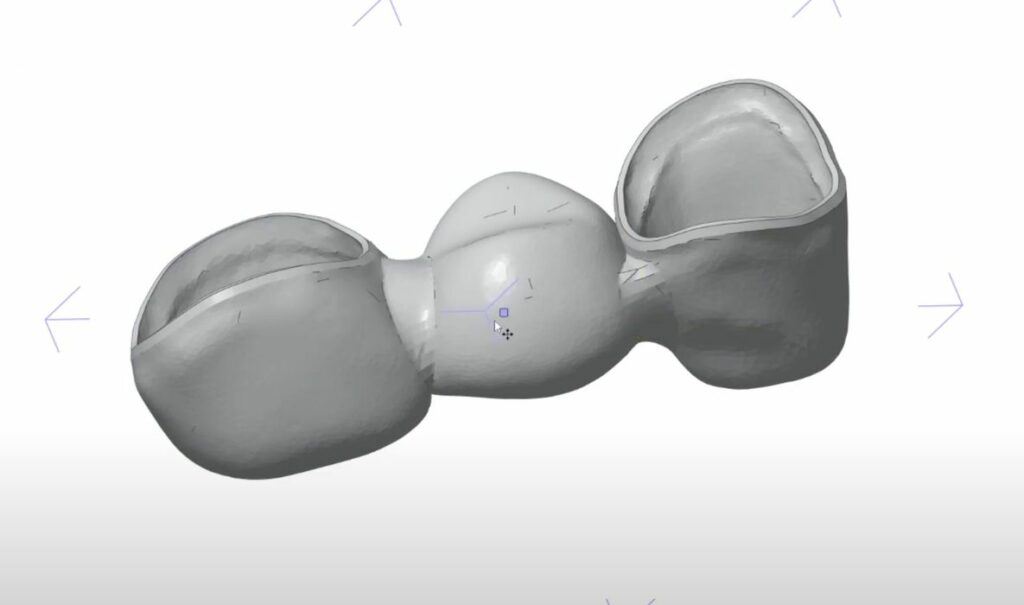
One of them is “shrink-wrap”. Basically it allows a designer to quickly “wrap” a pile of separate parts to create a unified single part for printing.
Mesh Smoothing is a very interesting feature. If you import a mesh, it can sometimes have a rough surface, particularly if it has been enlarged. The Mesh Smoothing feature levels out the rough surfaces and makes the parts have higher quality when printed.
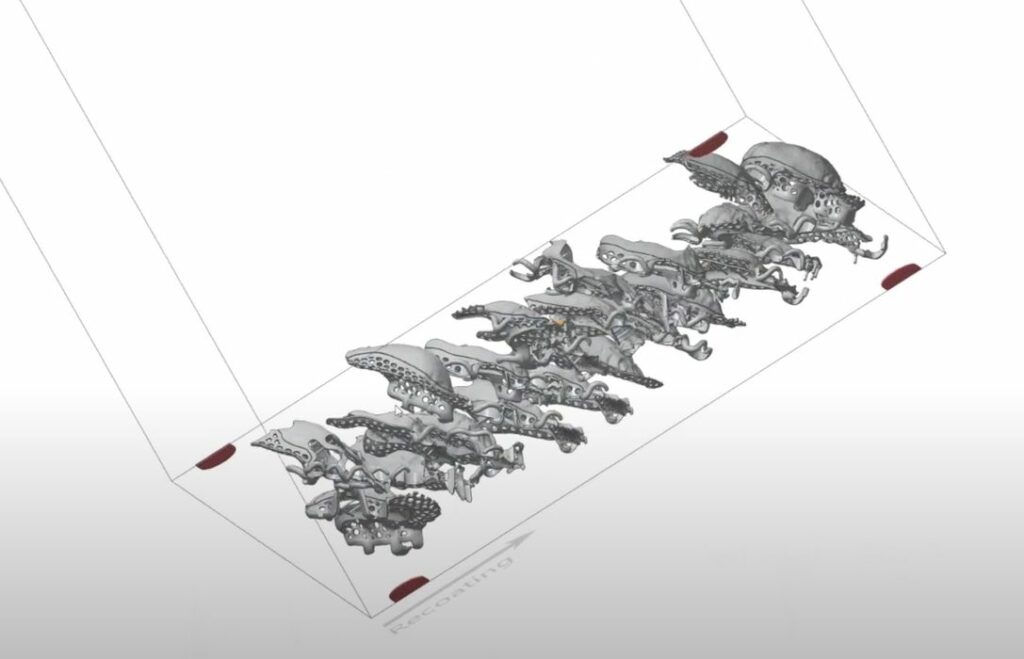
A new “2.5 nesting” feature allows far more complex nesting of parts in 3D build volumes such as are used in SLS. Typically parts have cubic bounding boxes around them to preclude intersections, but it looks like the new nesting feature can enable far tighter nesting than I’ve seen in most other systems.
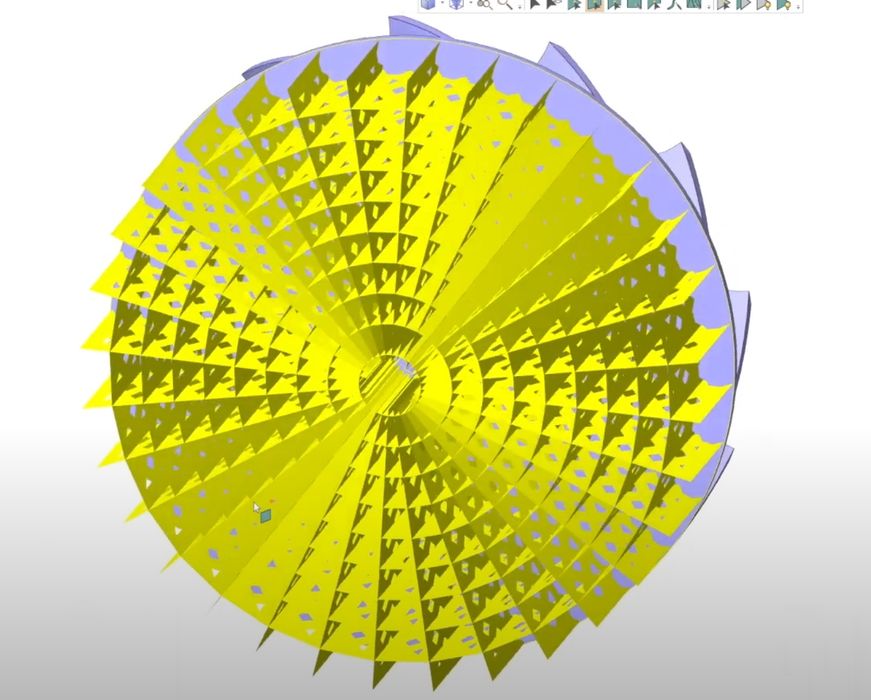
Metal 3D printing will benefit from new circular spiderweb-style support structures that consume less material but provide sufficient strength. It looks like they could be easier to remove as well.
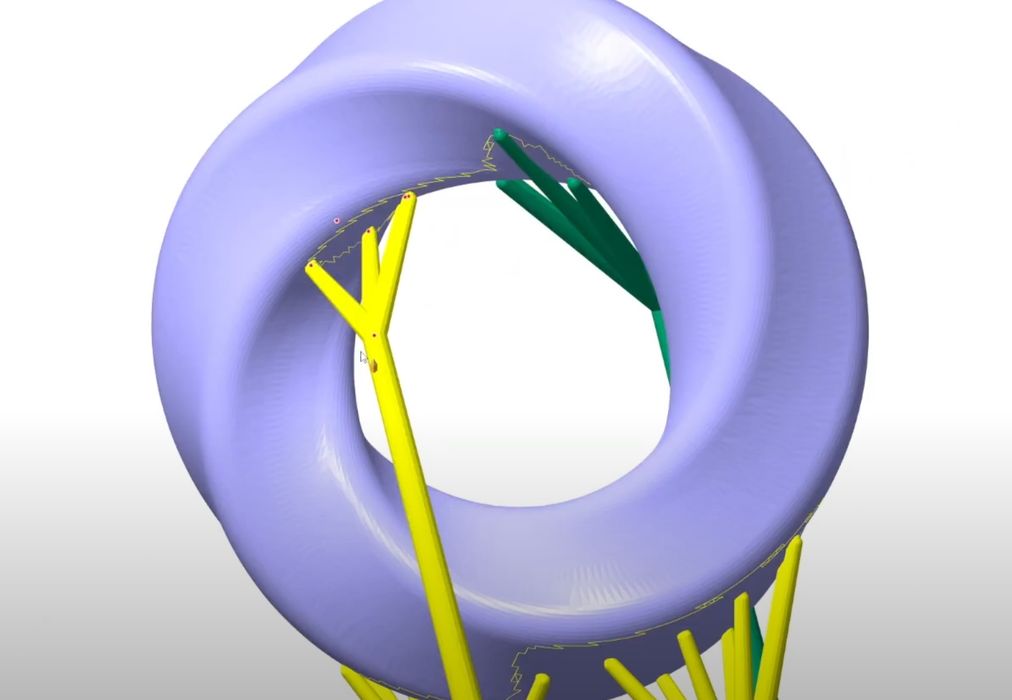
A sophisticated new tree support feature will be very usable on SLA prints, where it can substantially save on materials and post processing efforts. Tree supports have long been a thing in FFF slicers, and now Voxeldance Additive has it too.
There are plenty more interesting features in version 4.0, some of which you can see in the above video.
If you’re looking for an advanced industrial job preparation tool, you might want to check out Voxeldance Additive.
Via Voxeldance

